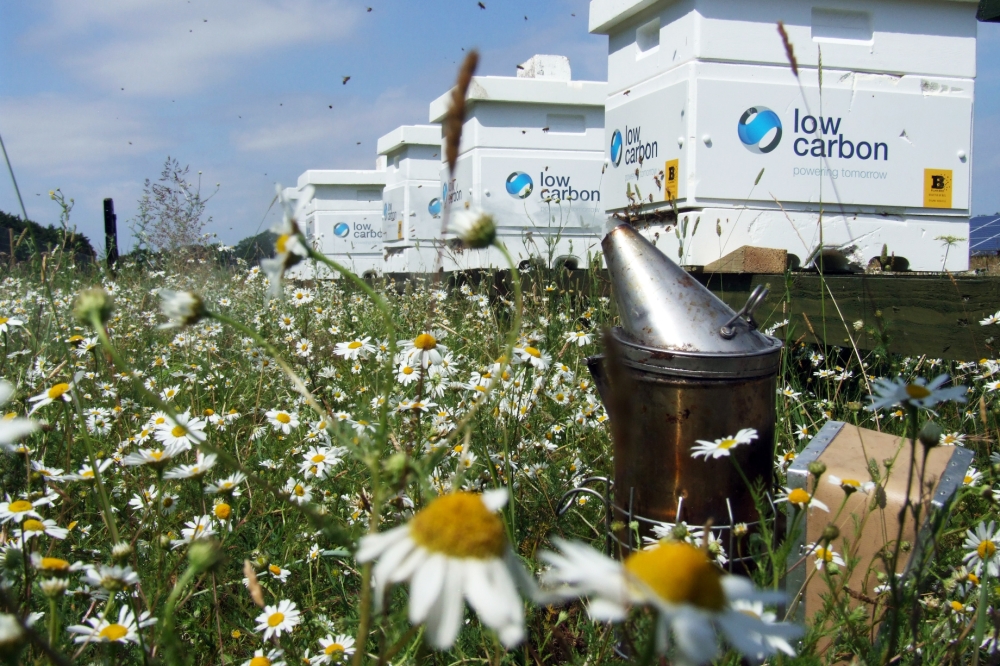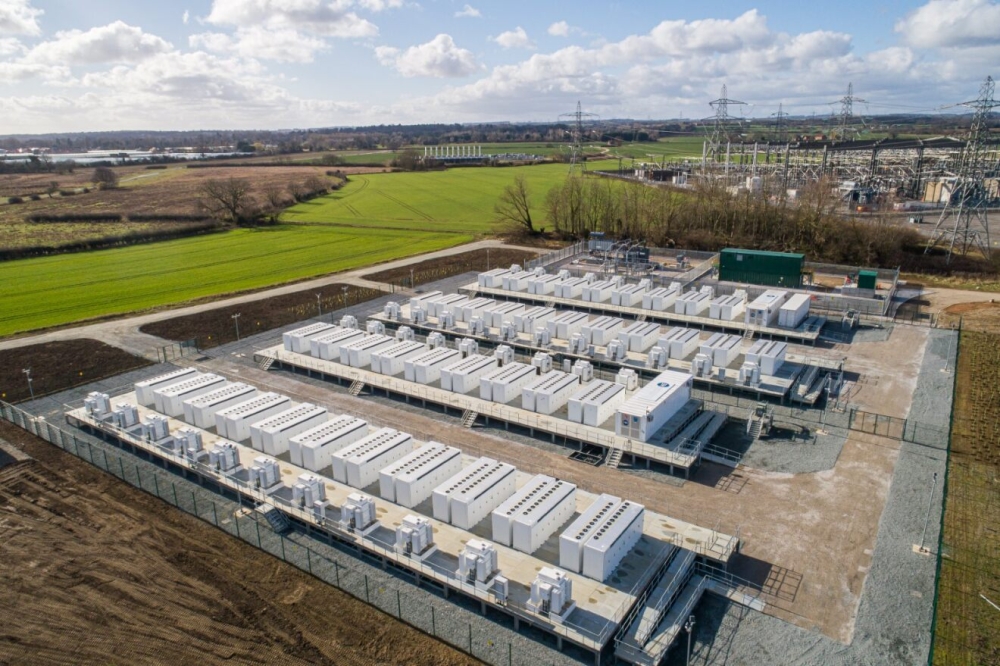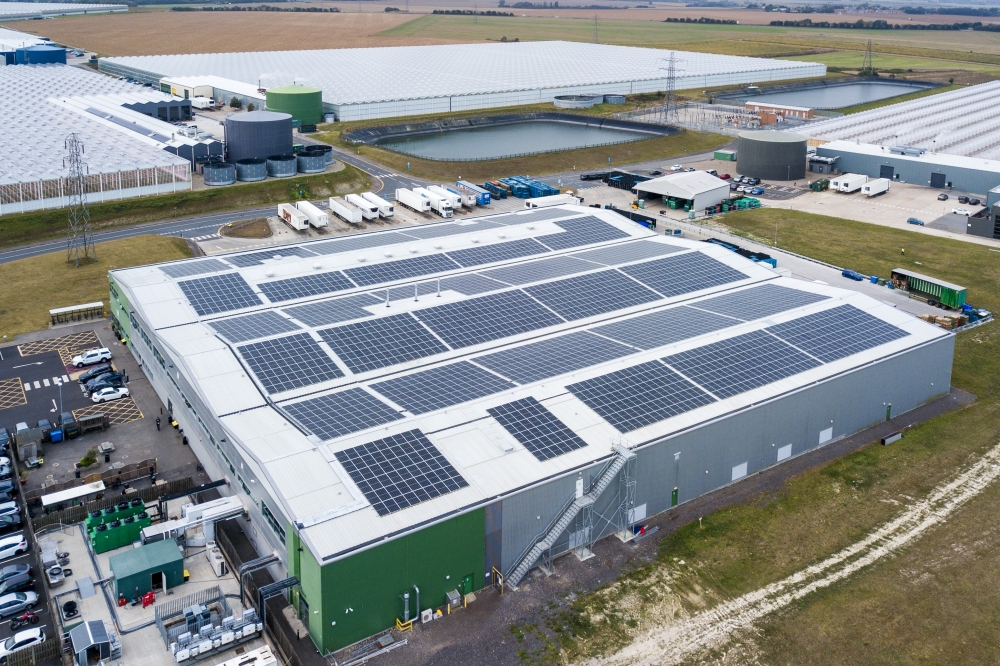Subsidy timelines

An increasingly important dynamic for the solar industry is changing government policies. One of the challenges for the solar industry after a policy review is an urgency to complete projects in the pipeline before any changes come into play. Eaton describes how planning and supplier trust are key to meeting policy impacted timelines.
When EPC contractor, Econergy Europe decided to build a ground-mounted solar park in the grounds of Knepp Castle in West Sussex it turned into a race against time. The UK government had announced a change to the Renewable Obligation Certificates (ROC's) and the time scale was daunting. With the value of the government's ROC's set to reduce on March 31st, the clock was ticking if the 856.80kWp solar PV park was to be connected to the grid in time to gain the full benefit of the incentives.
Knepp is a 3,500 acre (1400 hectares) estate in West Sussex just south of Horsham, which has been owned by the Burrell family for over 220 years. At its heart, overlooking Knepp Lake, is a castle built by the architect John Nash, which remains the family home to this day.
Although the solar project had been on the drawing board for some time, the final planning permission was not expected until the end of January. That left a window of just six weeks to get the park designed, built and connected, something that did not appear feasible.
"It was a very tight timescale, particularly when you bear in mind that a lot of the equipment is built bespoke to meet the differing requirements of each particular project," explains Richard Molloy, Sustainability Segment Manager at Eaton UK who were brought in to bring the project to completion. "They were confident that they would get planning permission, but you can never be sure until you have the paper work in front of you."
![]()
Investor concern
Given that scenario the developer was naturally reluctant to put pen to paper and commit to an order. The solution was for Eaton to separate out the cost of the design phase, a relatively small amount of the overall project value, and begin the design while waiting for the planning permission process to take its course.
"Econergy Europe commissioned that allowing us to undertake the cable calculations, the switchgear designs and the General Arrangement (GA) drawings," Richard continues. "We went right to the stage of gaining approval on the drawings and had all the orders ready to go as soon as the starting pistol was fired."
Planning permission was duly granted and the order placed on January 29th at which point the race began in earnest. Econergy Europe were responsible for installing the 3,360 ground-mounted panels along with inverters. Eaton's task was to design and install a turnkey package to take that low voltage power and feed it into the grid.
The panels were split into strings of 24 that were connected in series into the inverter, with four strings feeding each inverter. There were seven AC sub collector distribution boards which fed back to seven circuit breakers, which in turn fed a single Eaton Capitole 20 LV switchboard with built-in G59 protection. This fed a 700kVA 400/11,000V transformer, via a 1,250A air circuit breaker and then on to an 11,000v Xiria ring main unit (RMU) which connects to the UK Power Network grid.
Eaton's Xiria MV switchgear system is a reliable, economic and environmentally-friendly solution for RMUs and industrial switchgear. With vacuum and solid insulation technologies, the use of the environmentally harmful SF6 gas can be avoided. Xiria is one of the most compact systems of its kind on the market and is characterised by the high level of operational safety. The switchgear is suitable for applications up to 24kV and used in compact transformer stations for power distribution, as well as in accessible stations in utility buildings and in industrial applications. The switchgear is available in two, three, four and five-panel configurations. All panels are integrated in a single enclosed housing.
Planned outcomes
With the forward planning of Econergy Europe Ltd and Eaton's expertise in grid connection for solar installations, everything went to plan and the power began flowing on schedule in the third week of March. Not only was the solar park a success in its own right, it also offers the Knepp Estate valuable opportunities to continue its well established conservation work.
At present they are constructing a Glamping park adjacent to the solar park, and when this opens this summer the solar park land will be graded, ploughed and sown with a mix of wildflower seed to attract wildlife. The bio-diversity benefits of large scale solar are becoming increasingly recognised and can help to contribute to reinstating Britain's lost wildflower meadows. The site conditions are ideal and there will be very little human footfall for the life of the park.
Another reason Econergy Europe Ltd selected Eaton was that the Knepp Castle project was on a different scale to that of the normal commercial or domestic projects they had been previously involved with. Eaton however had been involved in a number of similar projects in the past.
"This was Econergy's first project running the connection process to the 11,000v grid connection," Richard Molloy explains. "We have installed more than 55MW onto the grid ranging from a few hundred kW up to 10MW with voltages of 400V, 11,000V and 33,000V and so this experience gave Econergy confidence in our ability to successfully manage the transfer of power from the LV switchgear to the grid for example."
































